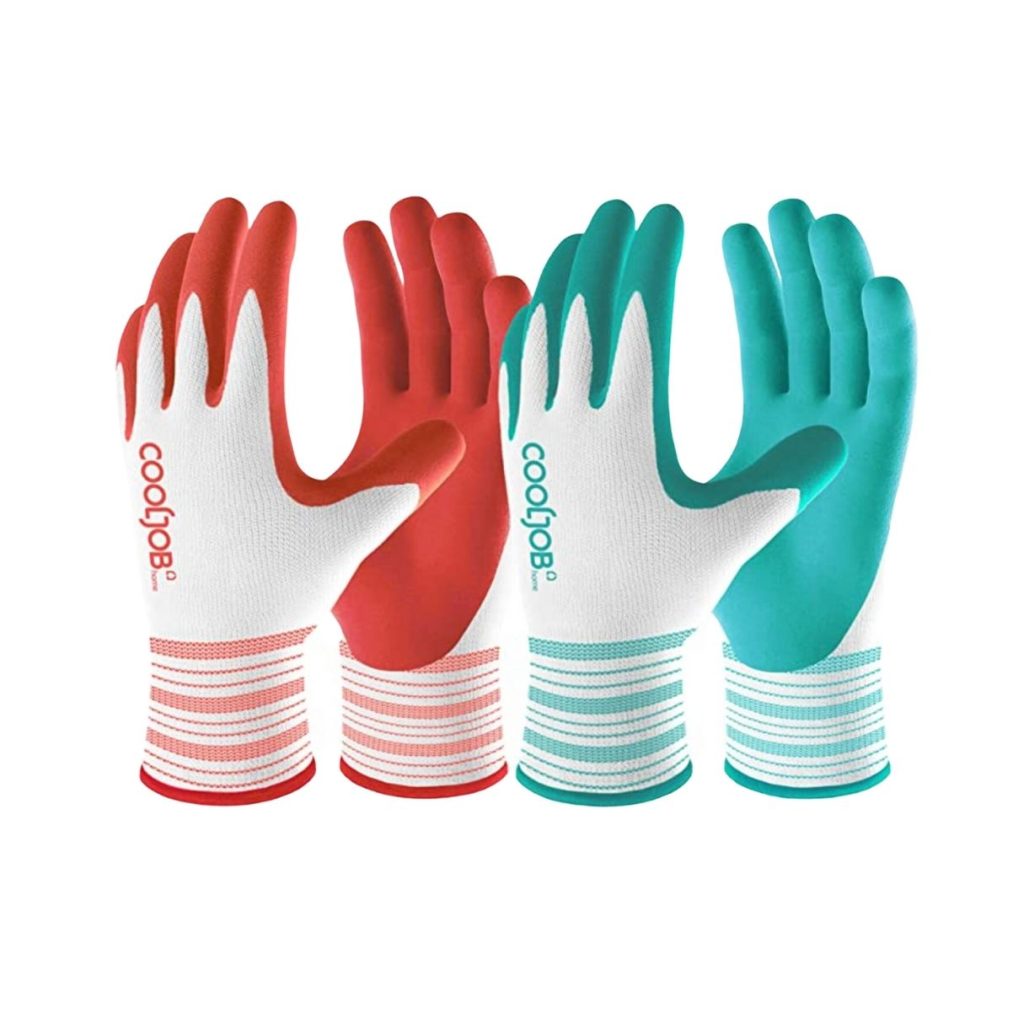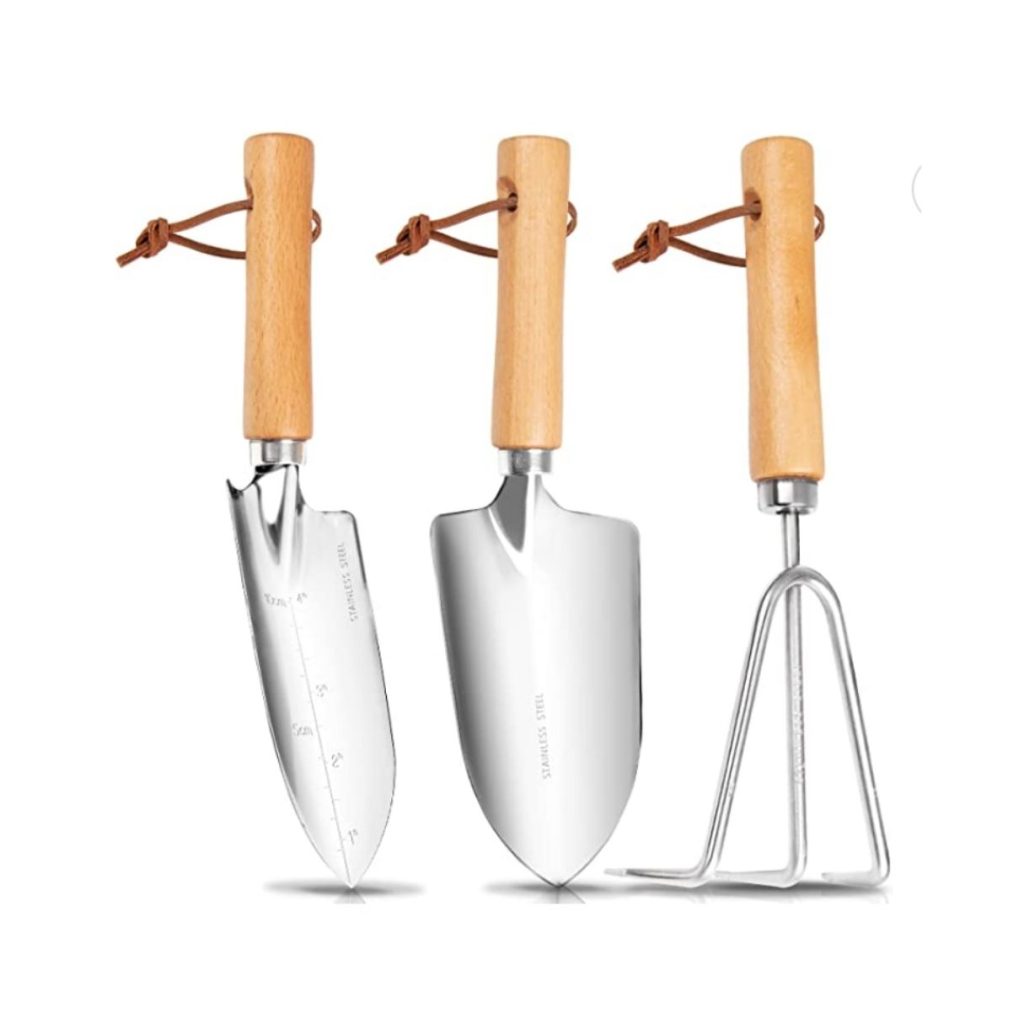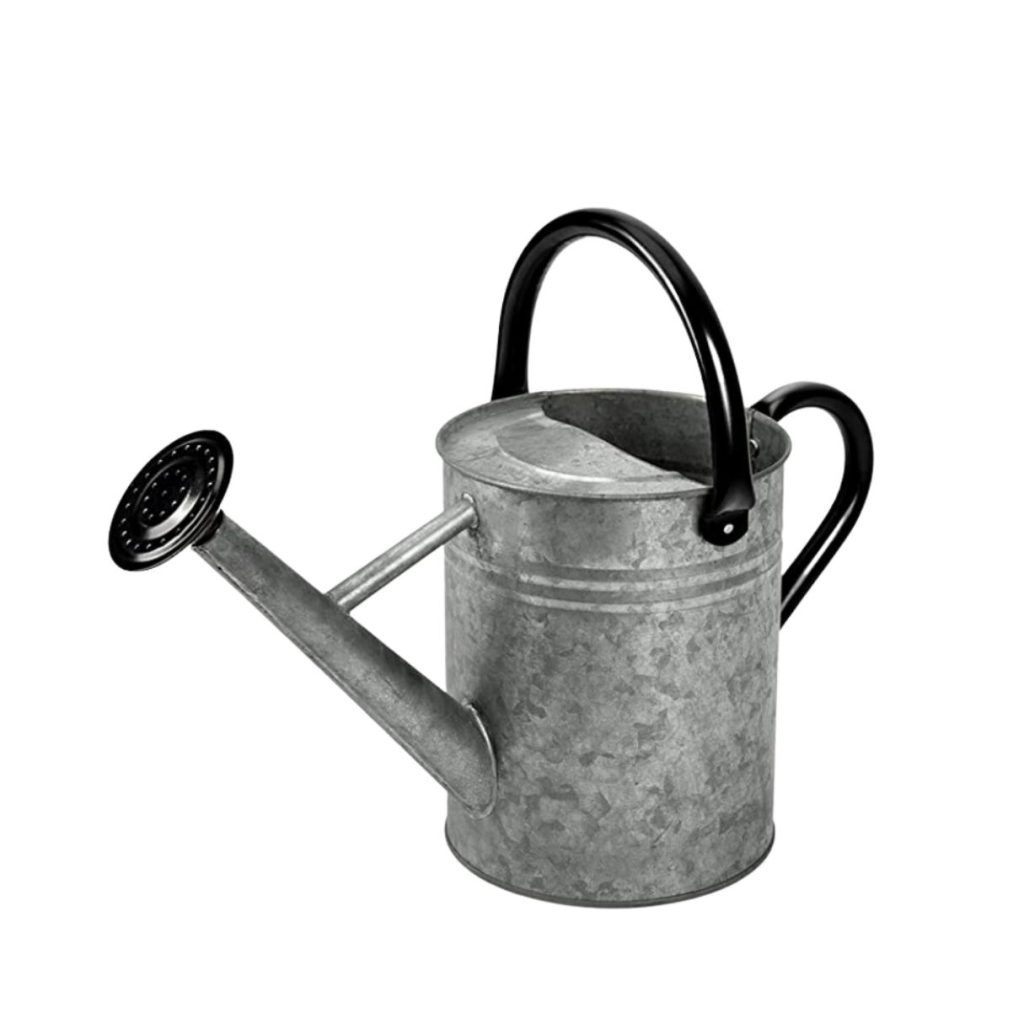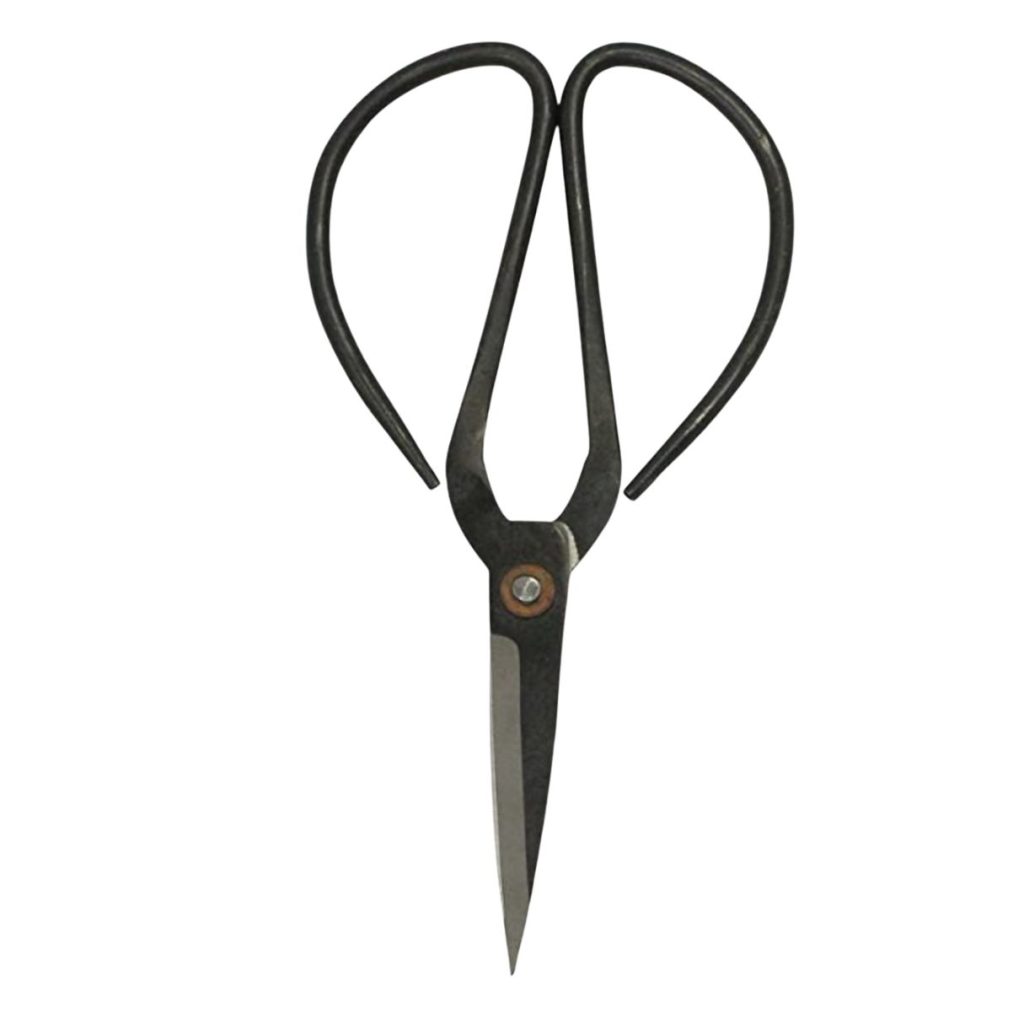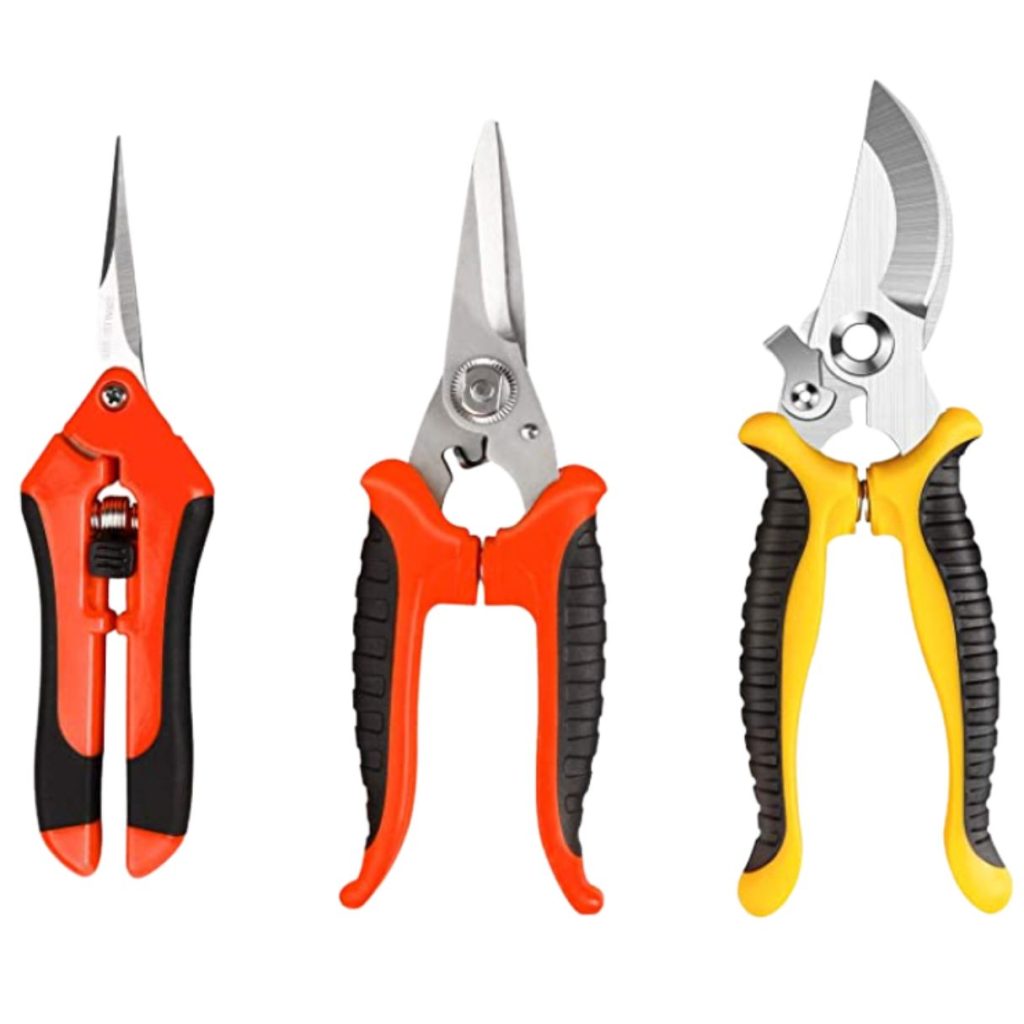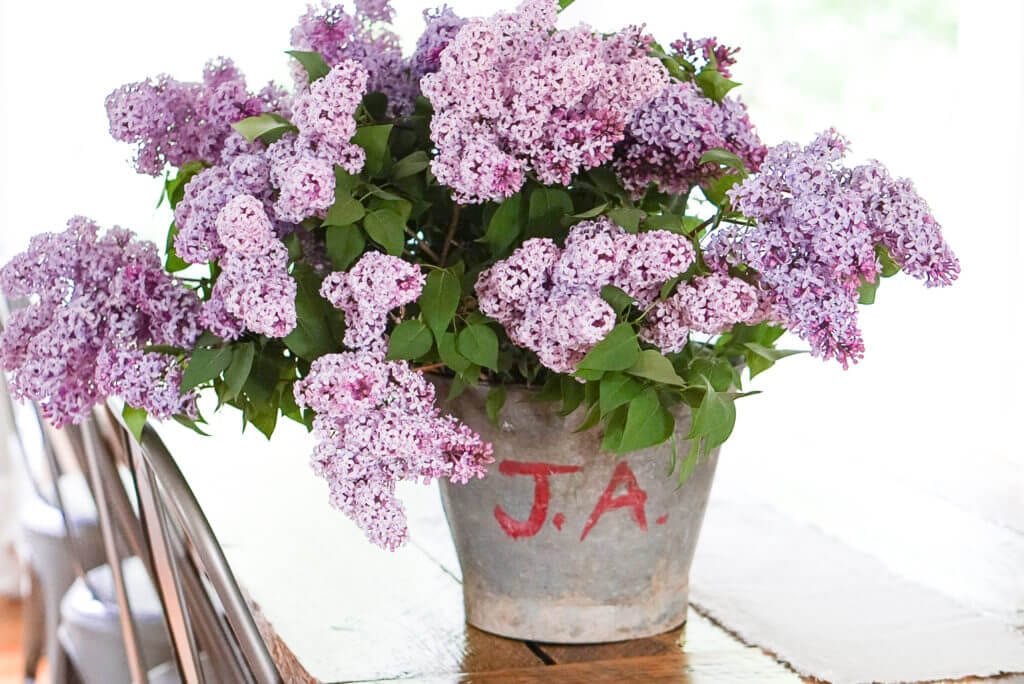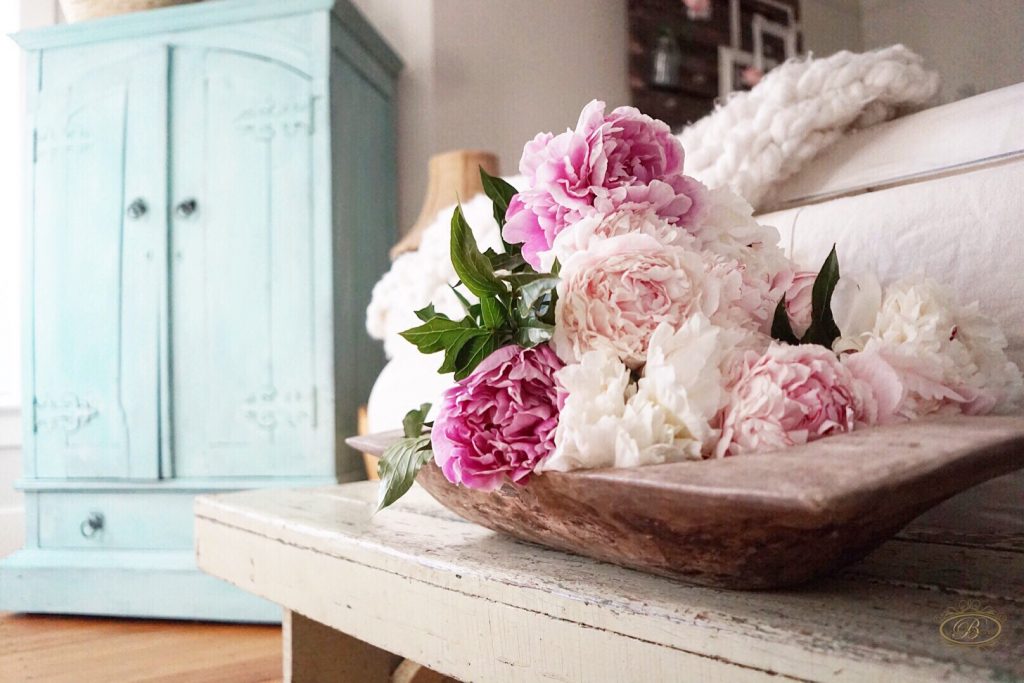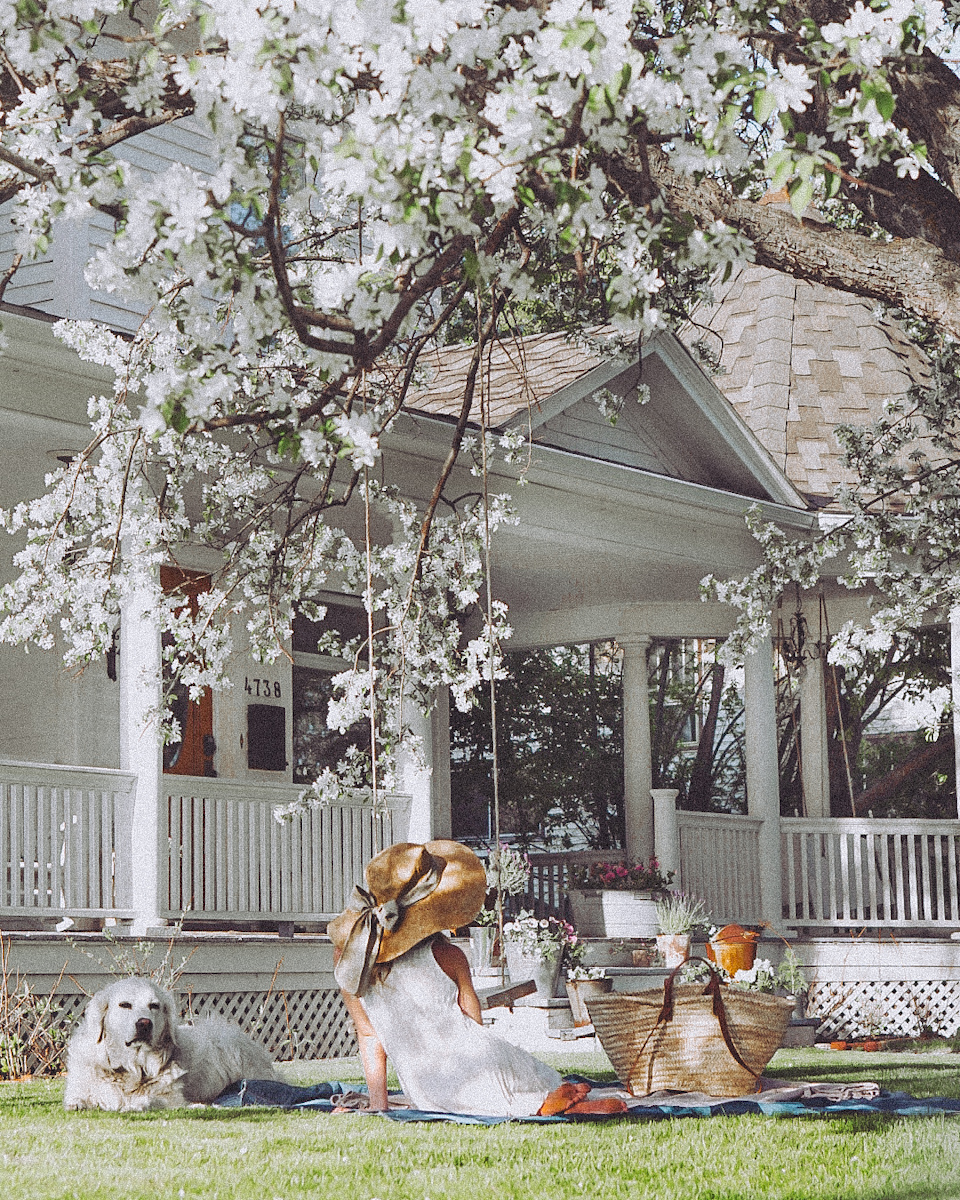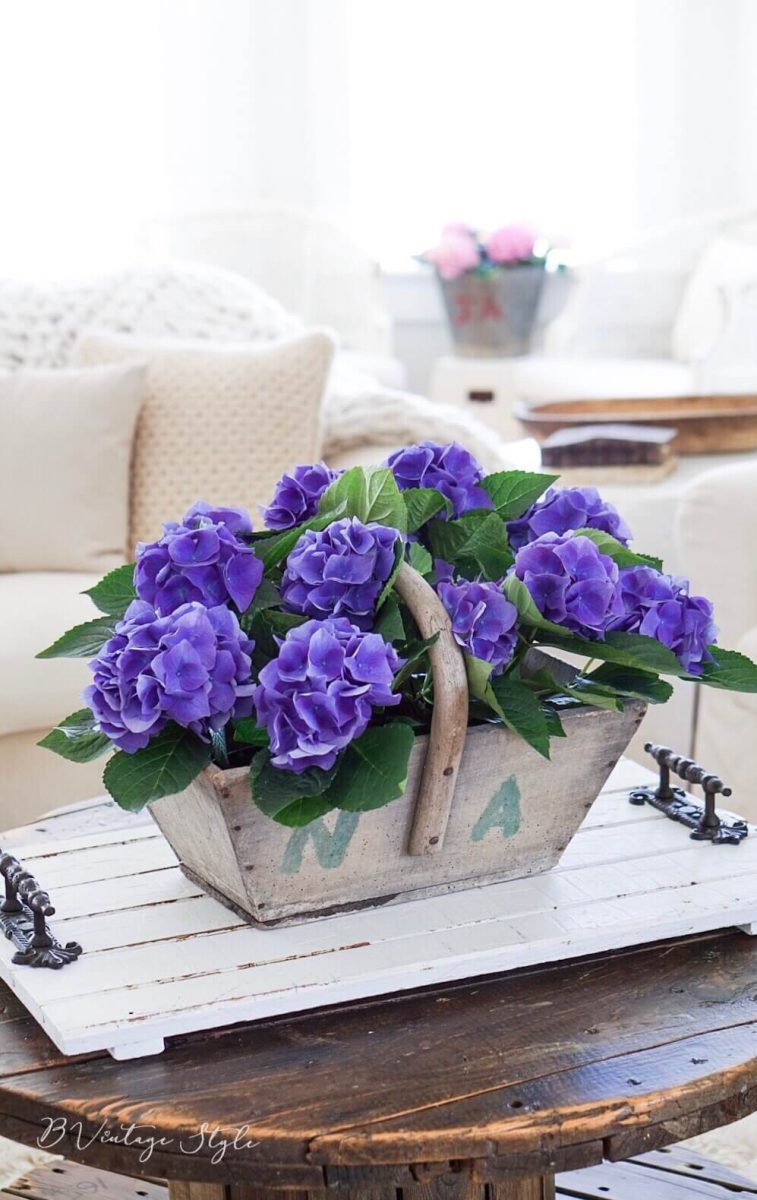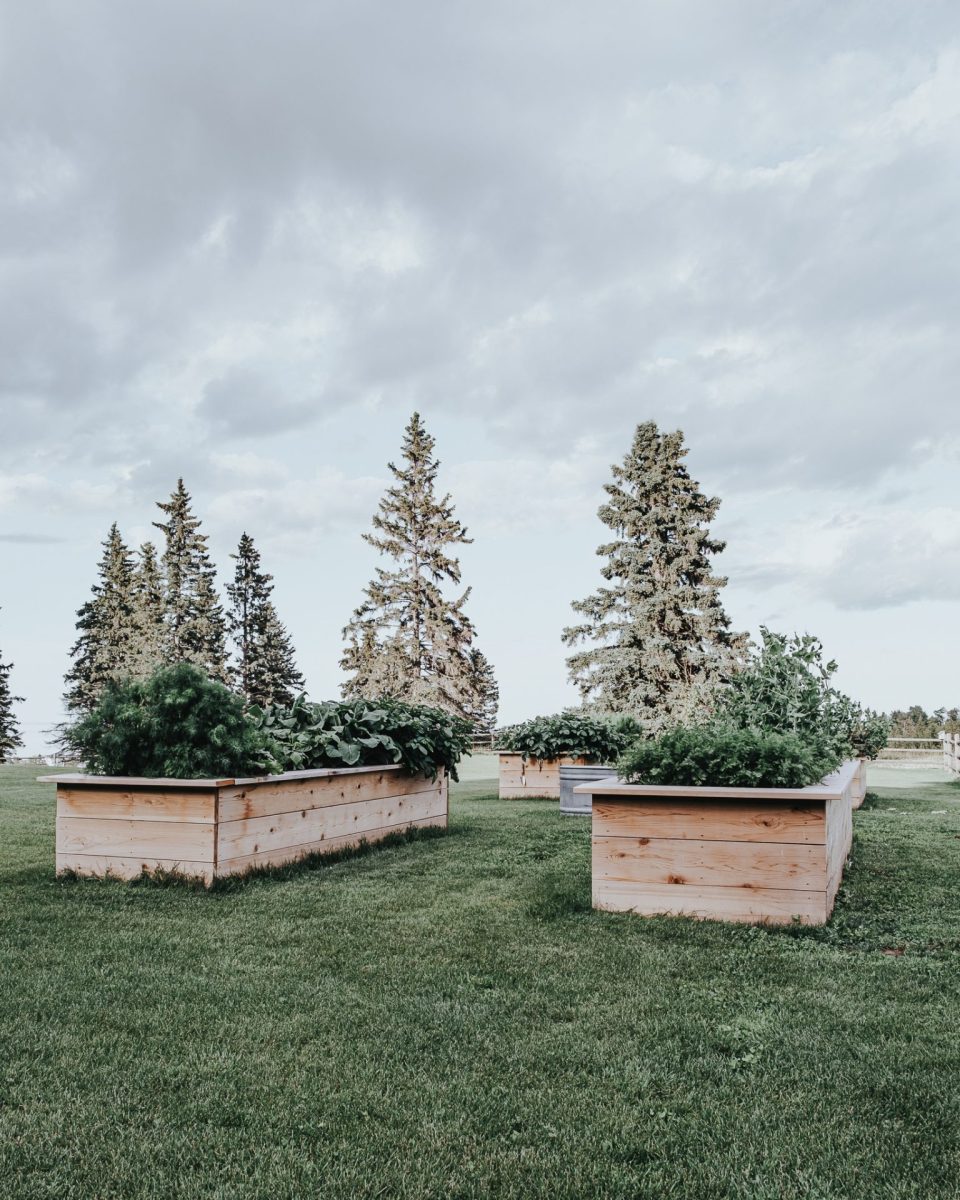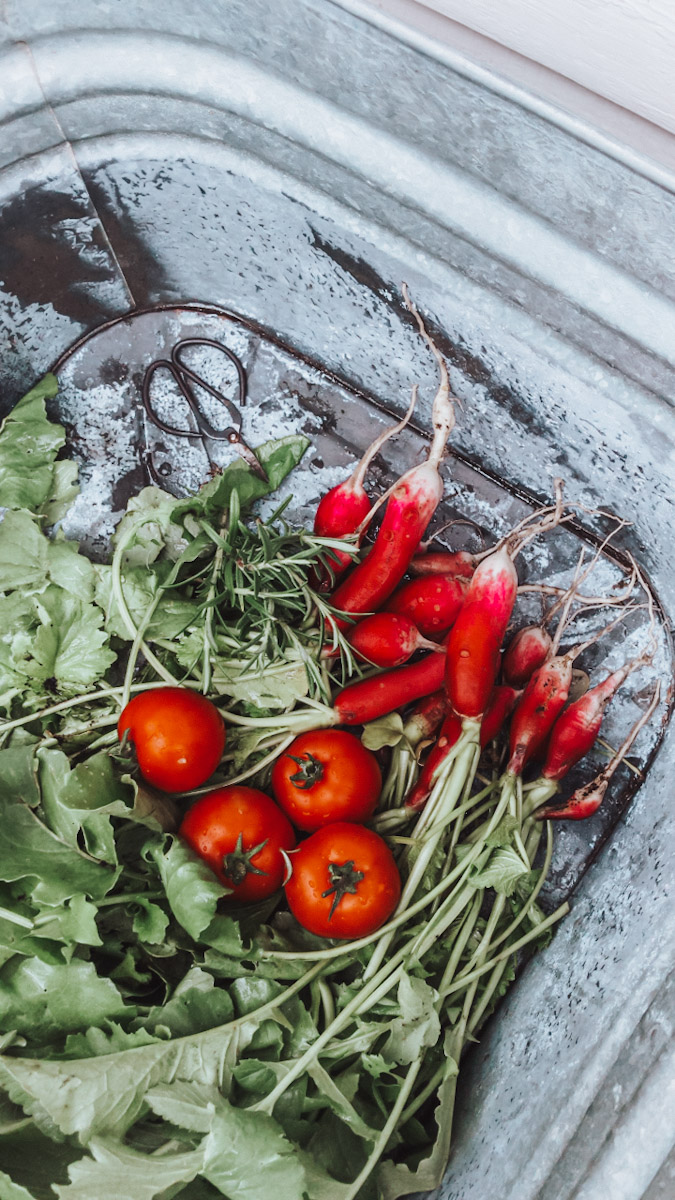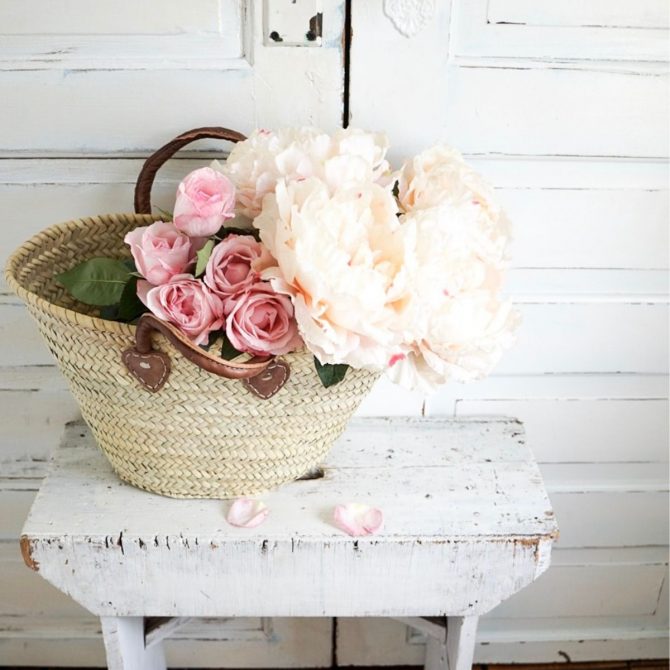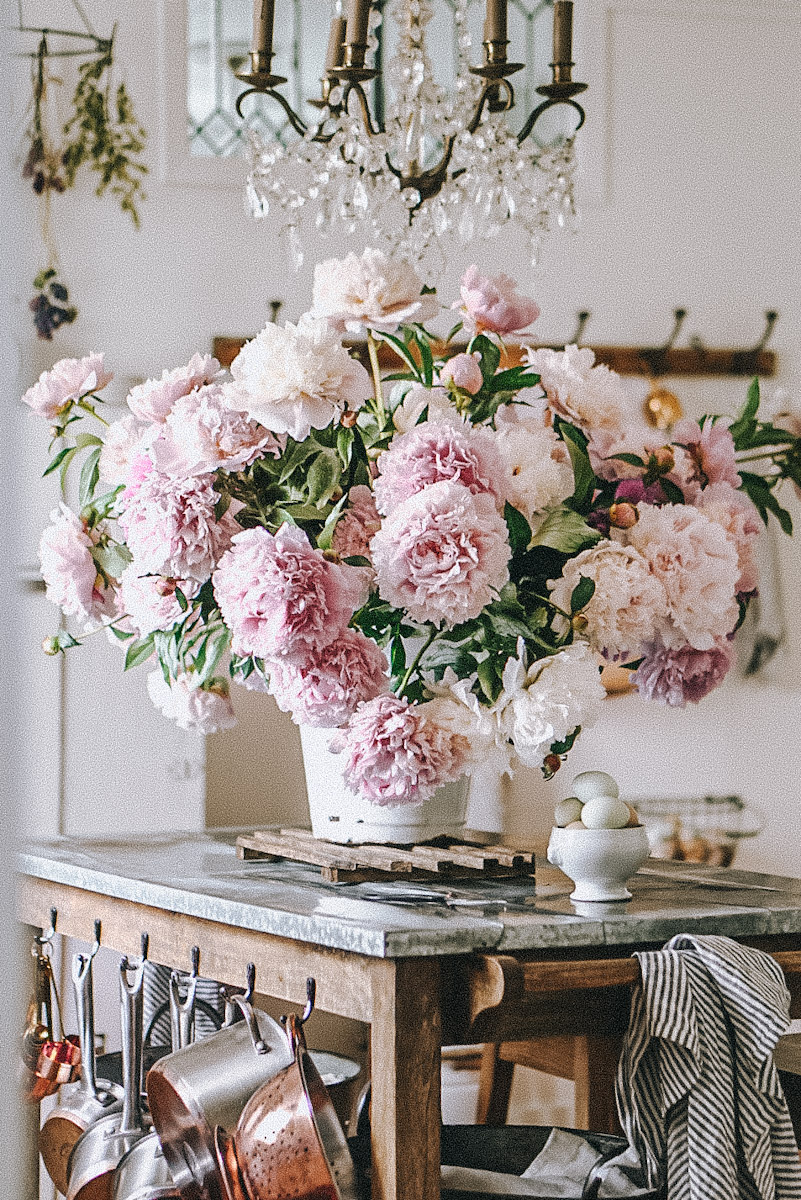This post may contain affiliate links. Please read our full Disclosure Policy.
Starting a garden can be a fulfilling and rewarding experience. Whether you’re looking to grow your own vegetables, create a beautiful outdoor space, or simply enjoy the benefits of gardening, there are many reasons to start your own garden. However, if you’re new to gardening, it can be overwhelming to know where to begin.
If you are one of those people who gets overwhelmed when you start something new, don’t stress! I was there in the beginning with gardening too! The wonderful thing about gardening is that if it doesn’t work out the first time, try, try again! In my first few years, there were many failed attempts at starting seeds indoors, trying to grow vegetables that weren’t able to grow in my growing zone and using too much organic material which killed my whole garden! Learn from my failures with this step-by-step guide on starting a garden.
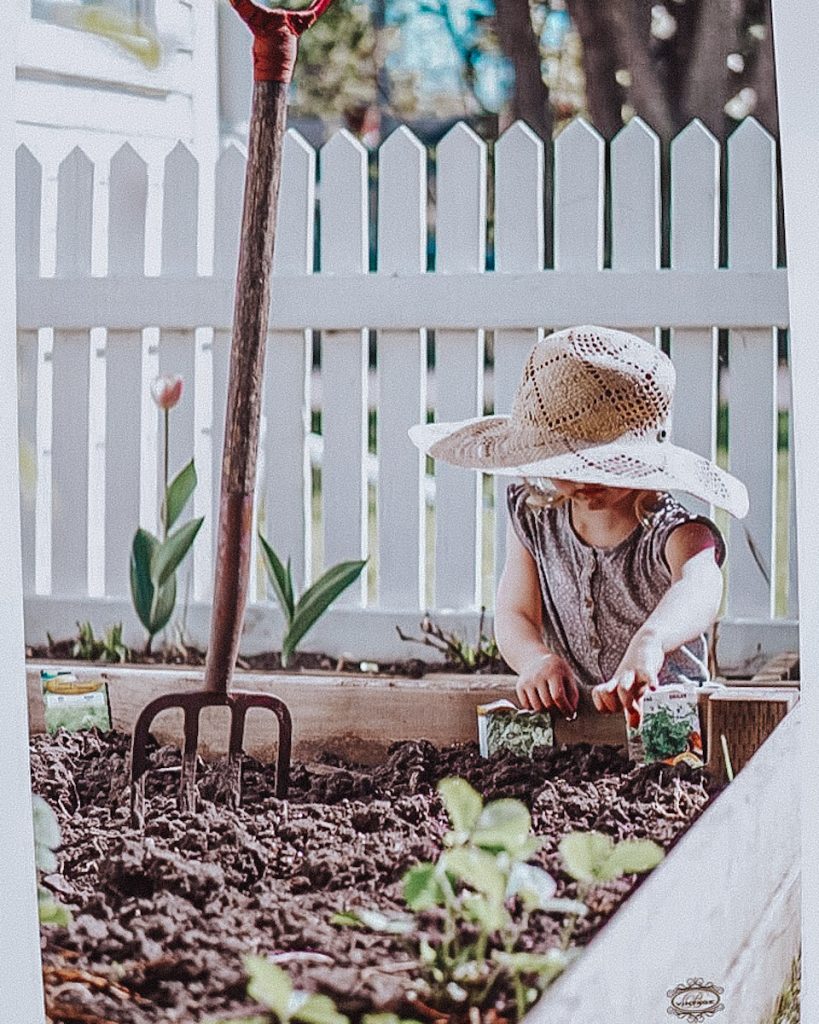
Starting a Garden
The first step to starting a garden is to decide what you want to grow. Consider what types of vegetable plants will thrive in your climate and soil conditions, as well as what you enjoy eating or looking at. Once you’ve decided on your plants, you’ll need to choose the best location for your garden. This should be an area that receives enough sunlight and has good drainage, as well as easy access to water and any necessary tools.
From there, you’ll need to plan your garden beds, test your soil type, and invest in basic garden tools. You’ll also need to choose the right seeds or transplants and plant them with care. It is very important to know what your hardiness zone is before you begin planning your garden area.
With the right preparation and attention, you can create a successful garden that will provide you with fresh produce, beautiful flowers, and a sense of accomplishment.
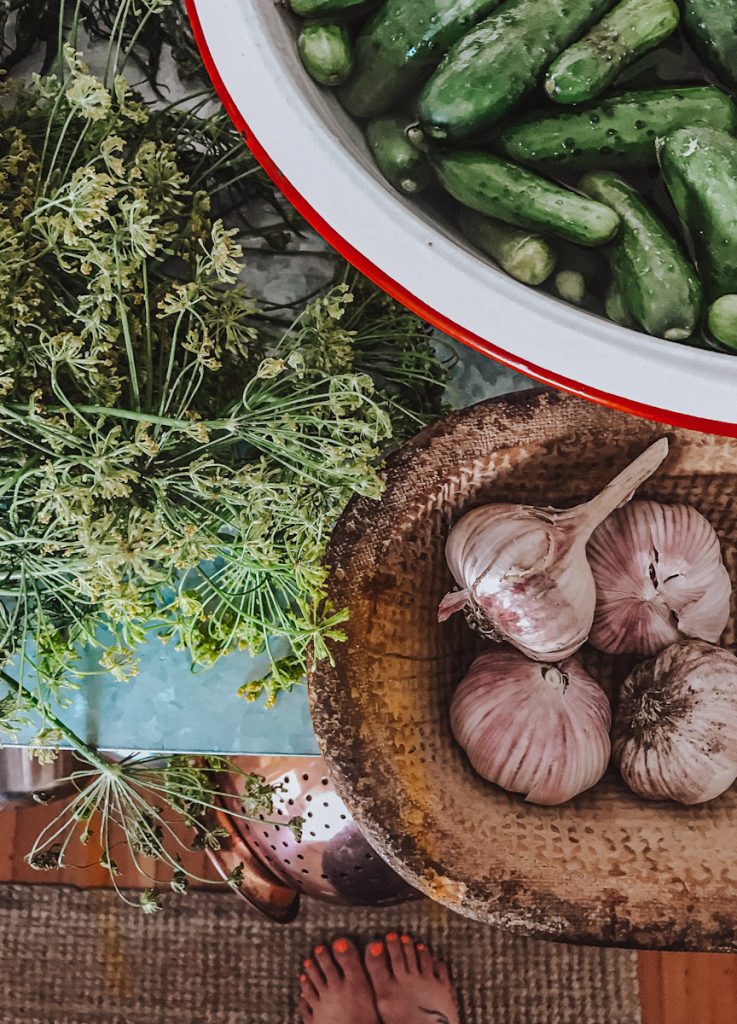
Selecting a Location And Garden Design
Choosing the right location for your garden is crucial to its success. Here are some factors to consider when selecting a spot:
- Sunlight: Most vegetables need at least 6 hours of direct sunlight a day. It’s a good idea to choose a vegetable gardening location that gets plenty of full sun.
- Soil: Soil quality is important for growing healthy plants. Look for a good place with well-draining, fertile soil. If your soil is poor, consider building raised garden beds or amending the soil with compost or other organic matter.
- Water: Make sure your garden is located near a water source. You’ll need to water your plants regularly, especially during hot, dry weather.
- Proximity to your home: Consider placing your garden close to your home or a frequently used path. This will make it easier to tend to your plants and harvest your crops.
- Protection from wind: Strong winds can damage plants and dry out the soil. Look for a location that is sheltered from the wind.
- Protection from pests: Choose a spot that is less likely to attract pests, such as rodents or deer. Avoid planting near areas with standing water or tall grass.
- Type of Garden: Decide if you are wanting an in-ground garden space or if you will be container gardening. A container garden or raised bed is a great way to have a home garden for a small space.
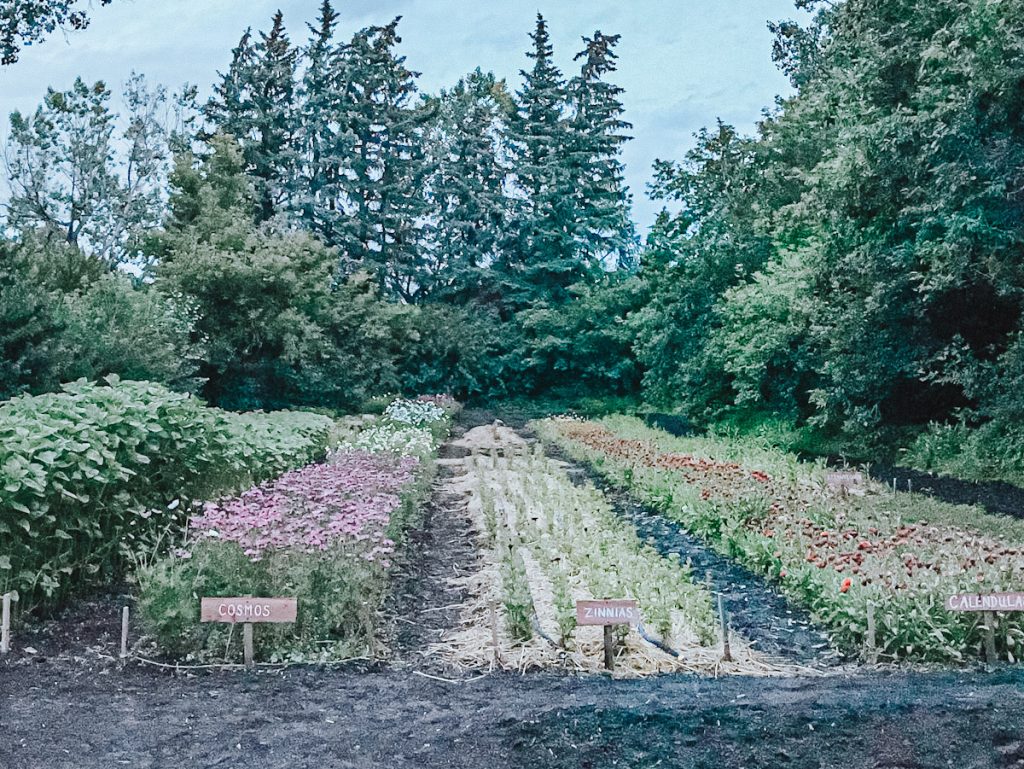
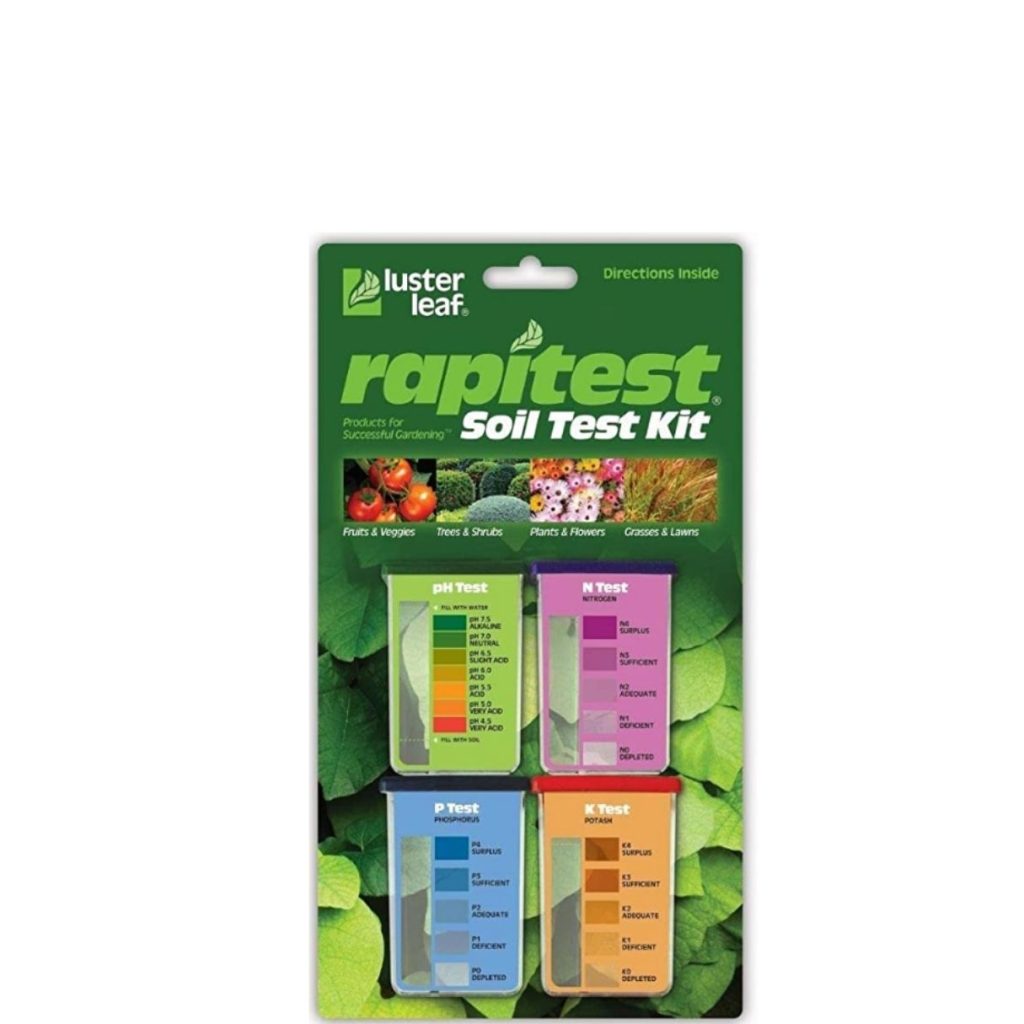
Once you’ve identified a potential location, test the soil to ensure it has the right pH level and nutrient balance for the garden plants you want to grow. Healthy soil is the best way to produce delicious garden vegetables.
You can purchase a soil testing kit at your local garden center or send a sample to a soil testing laboratory for analysis. I have used this soil test kit in the past and loved it.
Grab my free gardening supply checklist and printable garden layout to start planning your garden this season!
Choosing The Best Vegetables, Flowers And Plants
Once you have prepared your garden, it’s the perfect time to choose the plants that will thrive in your space. Here are some tips to help you select the right plants for your garden:
- Assess your outdoor space: Before you start choosing plants, consider the size of your garden, the amount of sunlight it receives, and the type of soil you have. This will help you narrow down your options and choose plants that will thrive in your specific environment.
- Choose plants that suit your style: When selecting plants, consider your personal style and the overall look you want to achieve in your garden. Do you prefer a formal or informal garden? Are you looking for bright colors or a more muted palette?
- Consider the plant’s needs: Different varieties of plants have different needs when it comes to sunlight, water, and soil. Make sure you choose plants that will thrive in your garden’s specific conditions.
- Think about the season: Consider the time of year and choose plants that will bloom during the season you want to enjoy your garden the most. You can also choose plants that will bloom at different times throughout the year to keep your garden looking beautiful all year long.
- Choose a mix of plants: To create a visually interesting garden, choose plants of different shapes, sizes, and textures. You can also mix annuals and perennials to ensure your garden always has something in bloom. Check out these easy-to-grow flowers and early spring flowers for some ideas.
By following these tips, you can choose plants that will thrive in your garden and create a beautiful outdoor space that you can enjoy for years to come.
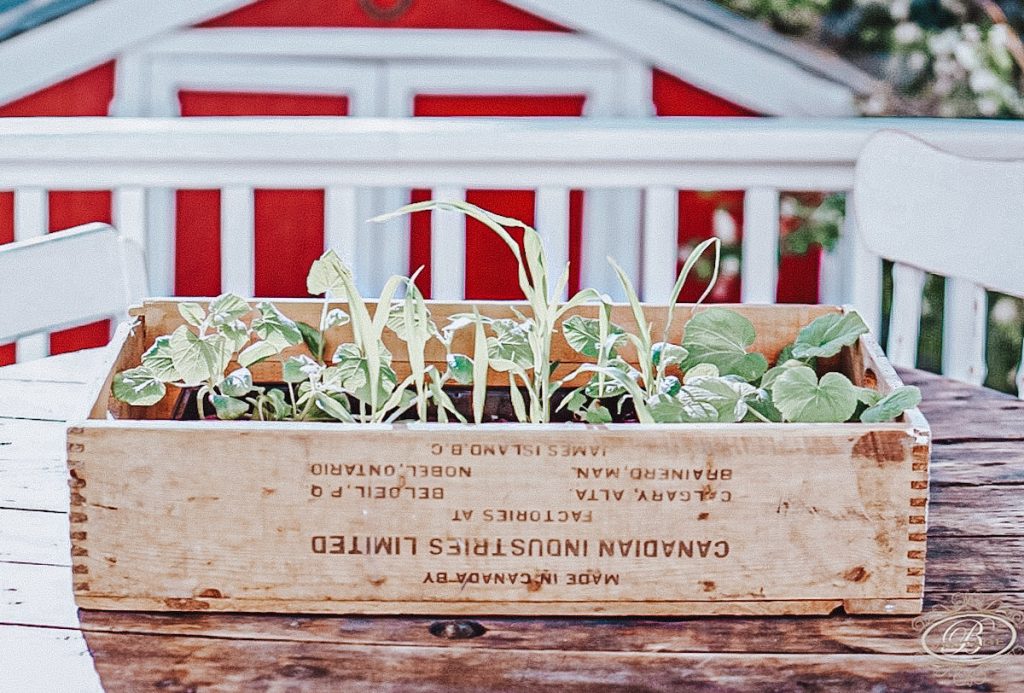
Preparing the Soil
Before you can start planting your garden, it’s important to prepare the soil properly. Here are some steps to follow to ensure you have good soil in the long run:
- Clear out rocks and debris: Remove any rocks, weeds, or other debris from the area where you plan to plant your garden. You can use a spade to cut the sod into small squares and pry it from the planting area with the end of the spade.
- Loosen the soil: Use a garden fork or a tiller to loosen the soil to a depth of at least 8 inches (12 inches is even better). This will help the roots of your plants to reach down and establish themselves in the soil.
- Add organic matter: Mix in organic matter such as compost, aged manure, or chopped leaves into the soil. This will help improve the soil’s structure, drainage, and nutrient content.
- Test the soil: Consider getting a soil test to determine the pH level and nutrient content of your soil. This will help you determine what amendments you need to add to the soil to create the best-growing conditions for your plants.
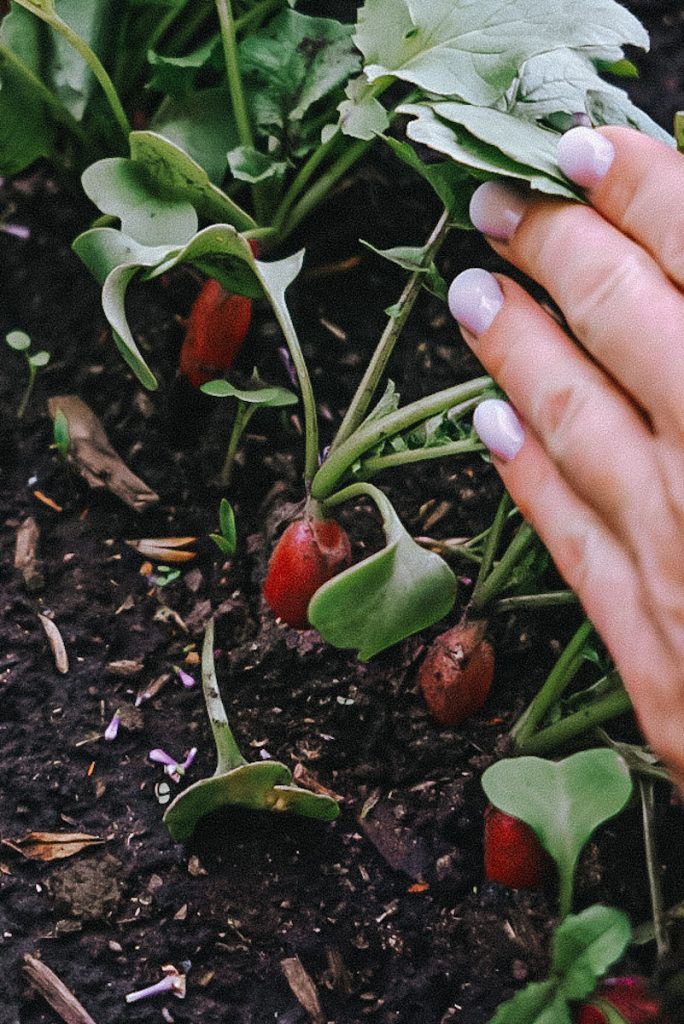
Keep in mind that different plants have different soil requirements, so it’s important to research the specific needs of the plants you plan to grow. For example, some plants prefer acidic soil, while others prefer alkaline soil. Some plants require well-draining soil, while others prefer soil that retains moisture.
By taking the time to properly prepare your soil, you can create the ideal growing conditions for your plants and set yourself up for a successful garden season.
Planting
Once you have prepared your soil and chosen your plants, it’s time to start planting. Here are some tips to help you get started:
- Read the seed packet or plant label carefully for planting instructions, including how deep to plant and how far apart to space the plants.
- Make sure to plant at the right time of year for your location and climate. Some plants do better in cooler weather, while others thrive in the heat.
- Consider using a planting guide or diagram to help you space out your plants evenly and make the most of your garden space.
- Water your plants immediately after planting to help them settle in and establish their roots.
- Keep an eye on your plants as they grow and make sure to water and fertilize them as needed. Different plants have different needs, so make sure to do your research.
- An old rule of thumb is, don’t plant vegetables that have a similar leaf type next to each other. For example, don’t plant dill and carrots beside one another or potatoes and squashes next to each other. Think about vegetables that you would naturally eat together and plant them next to each other like peas and carrots.
Remember, gardening is a learning process, and not everything will go perfectly, especially if this is your first garden. Don’t be discouraged if some plants don’t make it or if your new garden doesn’t look exactly how you imagined it. Keep trying and experimenting, and you’ll soon be on your way to a thriving garden.
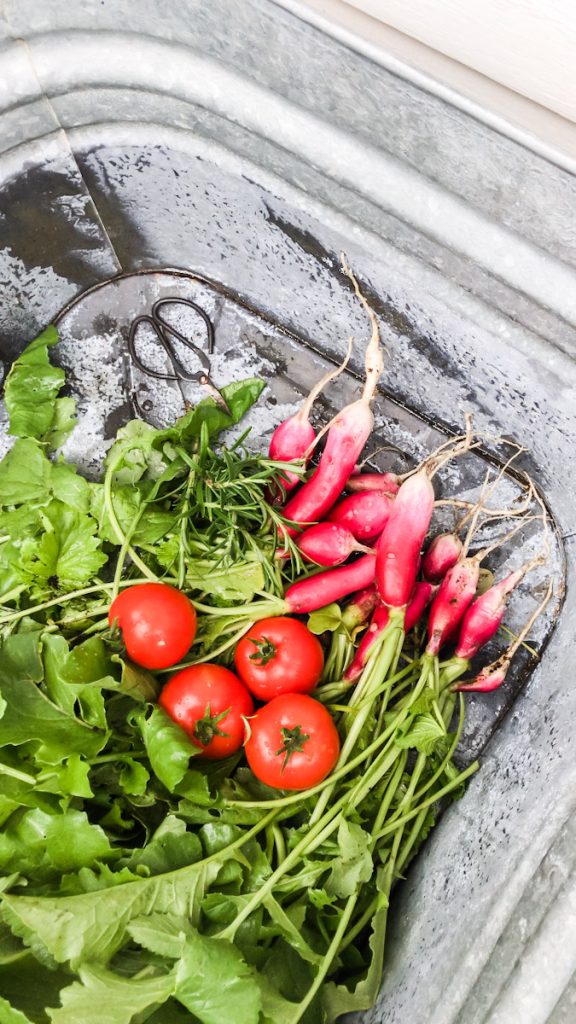
Watering and Fertilizing
Watering and fertilizing are essential to the growth and health of your garden. Here are some tips to help you keep your plants well-nourished and hydrated:
Watering
Water your plants deeply and regularly, especially during hot and dry weather. Make sure the water reaches the roots of the plants, not just the surface of the soil. Avoid overwatering, as this can lead to root rot and other problems. Here are some watering tips:
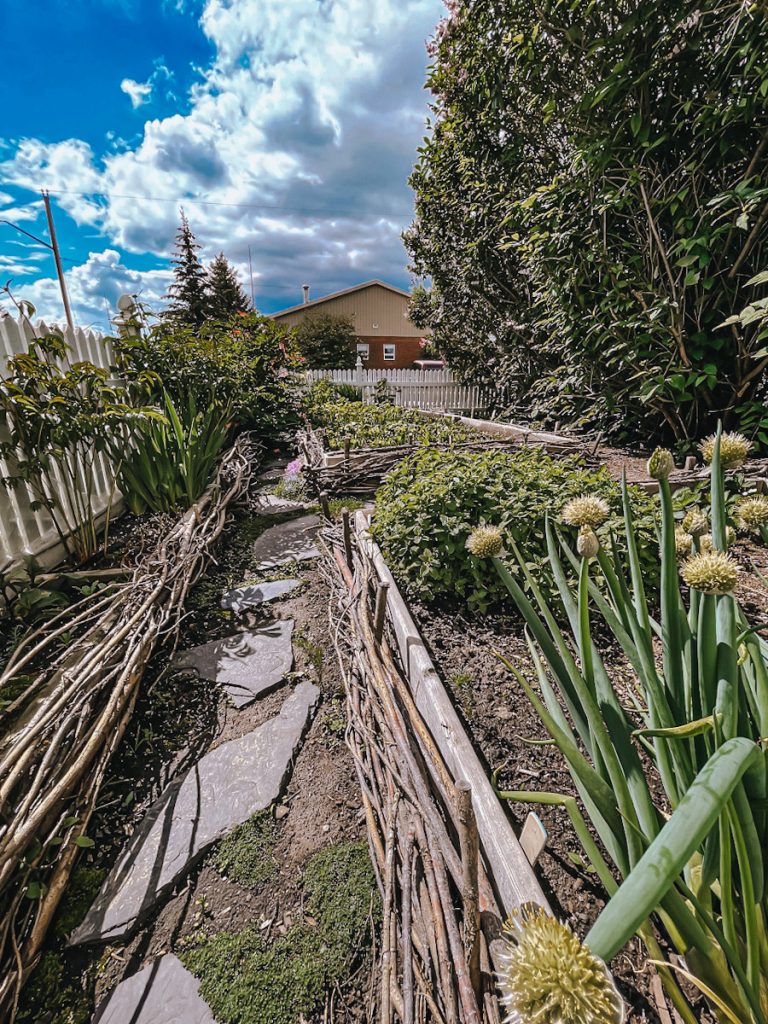
- Water in the early morning or late evening, when the temperature is cooler and the water is less likely to evaporate.
- Use a watering can or hose with a gentle spray nozzle to avoid damaging the plants.
- Water deeply and less frequently, rather than shallowly and frequently.
- Consider using a drip irrigation system to conserve water and deliver it directly to the roots of the plants.
Fertilizing
Fertilizing your plants helps them grow strong and healthy. Here are some tips for fertilizing your garden:
- Test your soil to determine its nutrient content and pH level.
- Choose a fertilizer that is appropriate for your soil and plants.
- Apply fertilizer according to the instructions on the package, taking care not to over-fertilize.
- Consider using organic fertilizers, such as compost, manure, or fish emulsion.
- Fertilize your plants at the right time for your gardening zone, such as early spring or midsummer.
If you decide to you organic fertilizers in your garden soil, just make sure to check the correct ratio for the compost mixture as it can burn or kill your seed if you add too much. (Believe me, I lost a whole garden one season) Adding about a 10% compost mixture prior to planting will really give your garden a boost each year!
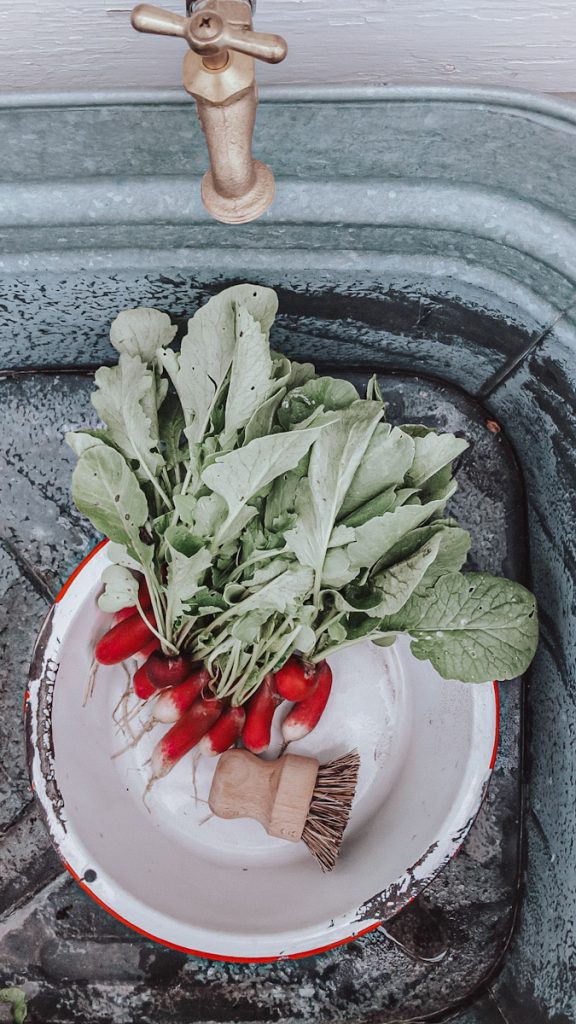
Maintaining Your Garden
Once you have started your garden, you will need to maintain it to keep it healthy and thriving. Here are a few tips to help you maintain your garden:
- Water Regularly: Regular watering is essential to keep your plants healthy. Water your plants before they wilt, and make sure to give them enough water without overwatering them. The amount of water your plants need will depend on the type of plant and the weather conditions.
- Remove Weeds: Weeds can quickly take over your garden and compete with your plants for nutrients and water. Make sure to remove weeds regularly to keep your garden healthy.
- Prune Your Plants: Pruning your plants can help them grow stronger and healthier. Remove any dead or damaged branches and leaves, and shape your plants to encourage healthy growth.
- Fertilize Your Plants: Fertilizing your plants can help them grow stronger and produce more fruit or flowers. Use a balanced fertilizer and follow the instructions on the package for best results.
- Protect Your Plants: Protect your plants from pests,(like deer, moles, and bunnies) and diseases by keeping an eye out for any signs of damage or infestation. Try to use organic pest control methods whenever possible to avoid harming beneficial insects.
Best Garden Tools To Use
Harvesting and Enjoying Your Garden
Harvesting your garden is the most satisfying part of gardening. It is the culmination of all your hard work and patience. Here are some tips to help you harvest and enjoy your garden:
- Harvest your vegetables at the right time. Different vegetables have different maturity times. Be sure to research the optimal time to harvest your vegetables. Overripe vegetables can be tough and unappetizing.
- Harvest your vegetables in the morning. Vegetables are most hydrated in the morning, which makes them easier to harvest. Also, harvesting in the morning means you can enjoy your fresh produce for lunch or dinner.
- Use clean and sharp tools. Dirty or dull tools can damage your vegetables and make them more susceptible to disease. Clean and sharp tools will ensure a clean cut and a healthy plant.
- Store your vegetables properly. Some vegetables need to be stored in the fridge, while others can be stored at room temperature. Be sure to research the proper storage method for your vegetables to ensure they last as long as possible.
You can also grab my Garden Harvest Guide to prepare for the harvest season ahead.
Once you have harvested your vegetables, it’s time to enjoy them. Here are some ideas:
- Cook a fresh and healthy meal with your vegetables. There are endless recipes online that feature fresh vegetables. Try this delicious fall apart round roast beef, smoked tomato soup, or green bean salad!
- Share your vegetables with friends and family. If you have an abundance of vegetables, share them with your loved ones. They will appreciate the gift and you will feel proud of your harvest.
- Preserve your vegetables. If you have too many vegetables to eat, consider preserving them. You can freeze, can, or dehydrate your vegetables to enjoy them later in the year. Try out my easy, crunchy pickled carrot recipe.
Harvesting and enjoying your garden is a gratifying experience. With proper care and attention, your garden can provide you with fresh and nutritious produce all season long.
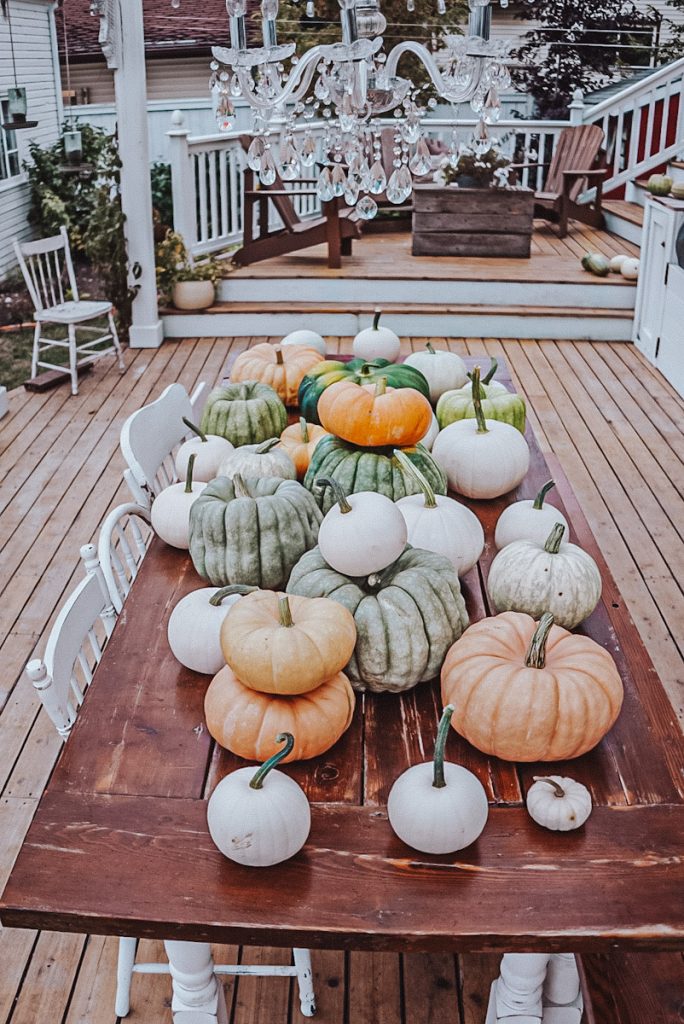
Starting A Garden Tips And Tricks
- Don’t Stress! Some years are better for growing certain vegetables than others. Some years squash has grown poorly, whereas other years they are plentiful! So go easy on yourself and keep trying even if you have a year where nothing grows.
- Remember, the location you choose will have a big impact on the success of your garden. Take the time to find the right spot and your plants will thank you with a bountiful harvest.
I hope you have found this useful for your garden this season. By following these tips, and learning from my mistakes, you can keep your garden healthy and thriving throughout the growing season. With a little bit of care and attention, you can enjoy a bountiful harvest and a beautiful garden that you can be proud of.
More Gardening Guides
Frequently Asked
Before starting a garden, it’s important to plan and prepare the area where you want to plant. Here are some steps to take:
Choose the location: Pick a spot that gets plenty of sunlight and has good drainage.
Clear the area: Remove any grass, weeds, or debris from the area where you want to plant.
Test the soil: Test the soil to determine its pH level and nutrient content. This will help you choose the right plants for your garden.
Improve the soil: If the soil needs improvement, add compost or other organic matter to help improve its structure and fertility.
Plan your garden: Decide what you want to grow and where you want to plant it. Consider the spacing requirements of each plant and how much sunlight they need.
Plant your garden: Once you have prepared the soil and planned your garden, it’s time to plant your seeds or seedlings.
By following these steps, you can create a healthy and productive garden that will provide you with fresh fruits, vegetables, and herbs all season long.
The best time to start a garden can vary depending on where you live and what you want to grow. In general, the best time to start a garden is in the spring, after the last frost has passed and the soil has warmed up. This is usually around late March or early April in many parts of the world. However, if you live in a warmer climate, you may be able to start your garden earlier in the year. It’s important to research the specific planting times for the plants you want to grow and adjust accordingly.


